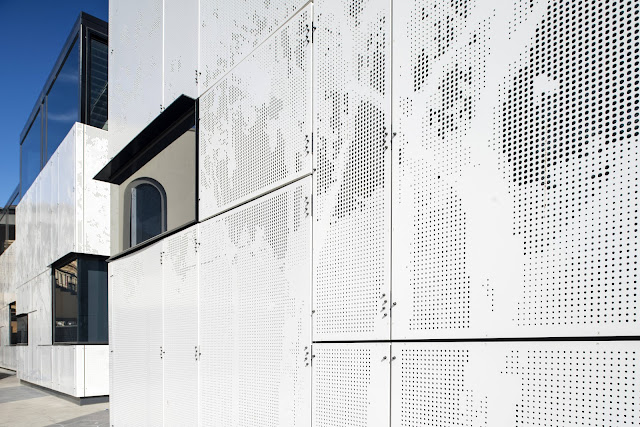Metal Cladding Types What Metal Cladding Material Is Best To Use
For metal cladding, different kinds of metal are used. Other types of metal are needed for various projects. Steel, aluminum, Zinc, and copper are the metals most often used for cladding.
In this blog, we will talk about the benefits of each metal for cladding and what kinds of projects work best with each:
- Steel Cladding:
Steel is the heaviest of the four. It also costs the least. Usually, a polymer lacquer like plastisol is used to protect it from rust and corrosion. Coatings come in many colors, letting people get creative with how things look. Many profiles of steel sheets are used in agriculture and industry because they are good value for money. In agricultural and industrial settings, accidents and hits are likely to happen.
- Zinc Cladding:
Steel Cladding starts to rust when it gets wet, which can be a problem. The opposite is true with zinc cladding. It is suitable for Zinc to oxidize. When exposed to the elements, the Patina that Zinc gets is a desirable look for buildings. It also lasts a long time and can be fully recycled when it's done.
As said, zinc is much easier to work with than other materials. It can be easily bent on-site and is very easy to work with, which is good for making unusual patterns or getting the shape you want. Because of this, Zinc is often used in high-end commercial buildings with more daring or futuristic cladding plans. Also, it comes in many colors, textures, and sheet lengths, making it a versatile design material that other metals can't match.
- Copper Cladding:
Copper has been used to build things for as long as anyone can remember. It is known for how well it resists corrosion and how dramatically its colors change. It starts with a form of the red element. Copper's protective layer, called patina, turns darker shades of brown as it ages. When the outer layer of copper is fully oxidized, the patina stays its characteristic green color. Copper siding is usually found on older buildings and other structures.
Which metal cladding material is best to use?
Although many people prefer and use aluminum composite panels, steel sheets, wood, and stone for their exterior wall cladding.
These are popular options available in the market, and the most popular options are aluminum or stainless steel.
However, zinc cladding is a better option to use for multiple reasons. Zinc cladding is more durable, environmentally friendly, and can be recycled without losing its properties or quality. As it is a sustainable green material, zinc metal cladding is highly recommended for facades and roofs.
It has a lengthy lifespan of between 80-100 years, and no maintenance or replacement is needed for a long time. Further, the fire-resistant zinc metal cladding combined with its aesthetic appeal is the primary feature that architects and facade consultants look for when picking suitable facade material.
VMZINC metal claddings have a superior finish, a very long lifespan, better fixing details, and are maintained free compared to ACP.
Contact us to know more.
.png)



Comments
Post a Comment